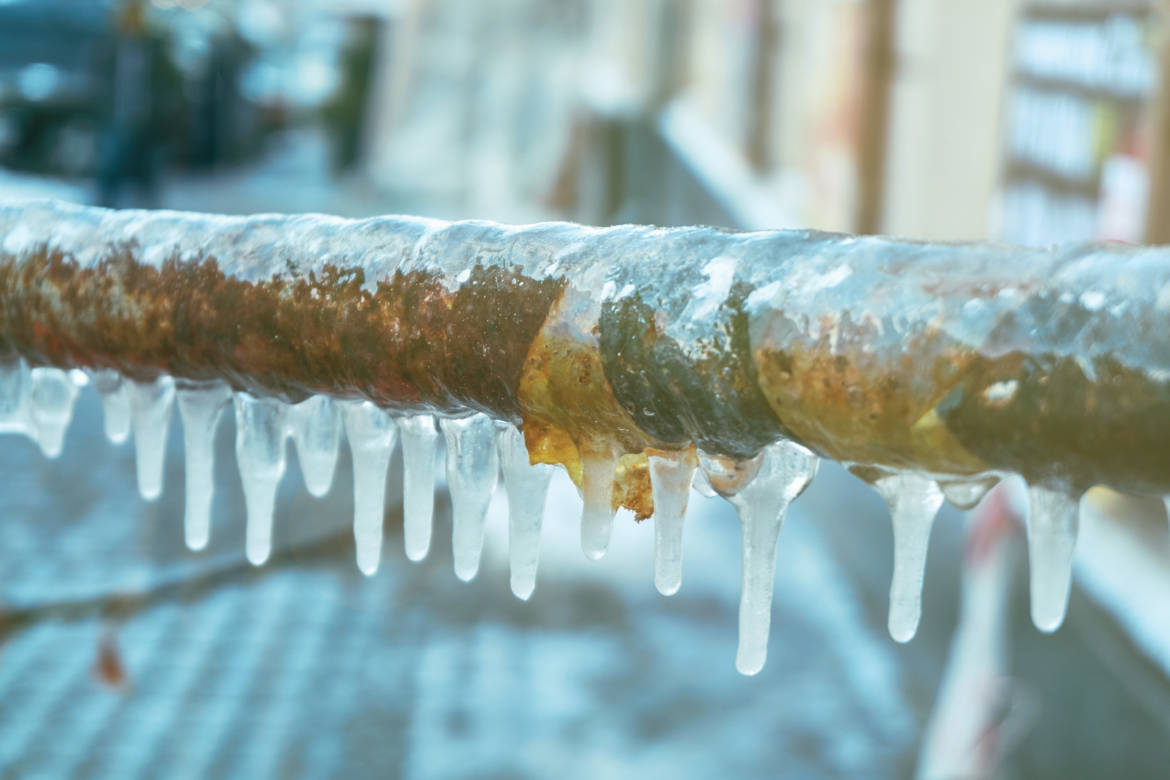Preventing Frozen Plumbing: Effective Strategies for Winter
Preventing Frozen Plumbing: Effective Strategies for Winter
Blog Article
Have you been looking for advice on How to Prevent Your Pipes From Freezing?

Cold weather can ruin your pipes, specifically by freezing pipelines. Here's just how to avoid it from happening and what to do if it does.
Intro
As temperature levels drop, the threat of icy pipes increases, potentially causing pricey fixings and water damages. Recognizing just how to stop icy pipelines is critical for property owners in chilly climates.
Prevention Tips
Insulating vulnerable pipelines
Cover pipes in insulation sleeves or use heat tape to shield them from freezing temperature levels. Concentrate on pipes in unheated or external areas of the home.
Heating strategies
Keep interior spaces appropriately heated up, specifically locations with plumbing. Open cupboard doors to permit warm air to circulate around pipes under sinks.
Exactly how to determine icy pipelines
Seek decreased water flow from faucets, unusual odors or noises from pipelines, and noticeable frost on subjected pipes.
Long-Term Solutions
Structural modifications
Think about rerouting pipes away from exterior walls or unheated locations. Include added insulation to attic rooms, cellars, and crawl spaces.
Upgrading insulation
Purchase top notch insulation for pipes, attic rooms, and walls. Proper insulation assists maintain regular temperature levels and decreases the threat of frozen pipelines.
Safeguarding Exterior Plumbing
Yard tubes and exterior taps
Disconnect and drain garden hose pipes before winter season. Install frost-proof spigots or cover exterior taps with shielded caps.
Comprehending Frozen Pipes
What creates pipelines to ice up?
Pipelines freeze when exposed to temperature levels listed below 32 ° F (0 ° C) for extended durations. As water inside the pipelines freezes, it increases, taxing the pipe walls and potentially causing them to burst.
Threats and damages
Icy pipelines can lead to water disturbances, home damages, and costly repairs. Ruptured pipelines can flooding homes and create considerable structural damage.
Signs of Frozen Piping
Recognizing icy pipes early can prevent them from bursting.
What to Do If Your Pipelines Freeze
Immediate actions to take
If you suspect icy pipelines, maintain faucets open up to eliminate pressure as the ice thaws. Utilize a hairdryer or towels soaked in warm water to thaw pipes gradually.
Final thought
Preventing icy pipes needs proactive procedures and quick actions. By understanding the causes, signs, and safety nets, homeowners can safeguard their pipes during cold weather.
5 Ways to Prevent Frozen Pipes
Drain Outdoor Faucets and Disconnect Hoses
First, close the shut-off valve that controls the flow of water in the pipe to your outdoor faucet. Then, head outside to disconnect and drain your hose and open the outdoor faucet to allow the water to completely drain out of the line. Turn off the faucet when done. Finally, head back to the shut-off valve and drain the remaining water inside the pipe into a bucket or container. Additionally, if you have a home irrigation system, you should consider hiring an expert to clear the system of water each year.
Insulate Pipes
One of the best and most cost-effective methods for preventing frozen water pipes is to wrap your pipes with insulation. This is especially important for areas in your home that aren’t exposed to heat, such as an attic. We suggest using foam sleeves, which can typically be found at your local hardware store.
Keep Heat Running at 65
Your pipes are located inside your walls, and the temperature there is much colder than the rest of the house. To prevent your pipes from freezing, The Insurance Information Institute suggests that you keep your home heated to at least 65 degrees, even when traveling. You may want to invest in smart devices that can keep an eye on the temperature in your home while you’re away.
Leave Water Dripping
Moving water — even a small trickle — can prevent ice from forming inside your pipes. When freezing temps are imminent, start a drip of water from all faucets that serve exposed pipes. Leaving a few faucets running will also help relieve pressure inside the pipes and help prevent a rupture if the water inside freezes.
Open Cupboard Doors
Warm your kitchen and bathroom pipes by opening cupboards and vanities. You should also leave your interior doors ajar to help warm air circulate evenly throughout your home.

As a fervent person who reads on 6 Ways to Prevent Frozen Pipes, I figured sharing that excerpt was beneficial. Do you know about another individual who is very much interested in Helpful Tips to Prevent Frozen Pipes this Winter? Why not promote it. We truly appreciate your readership.
Book Today! Report this page